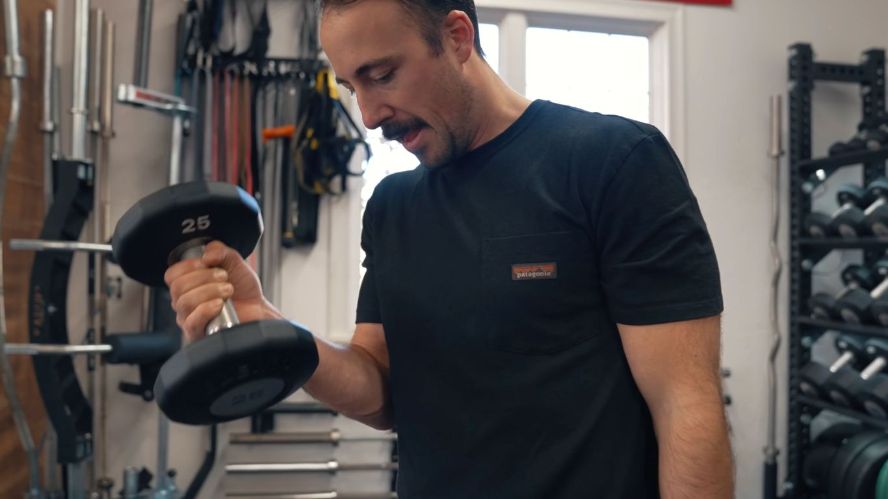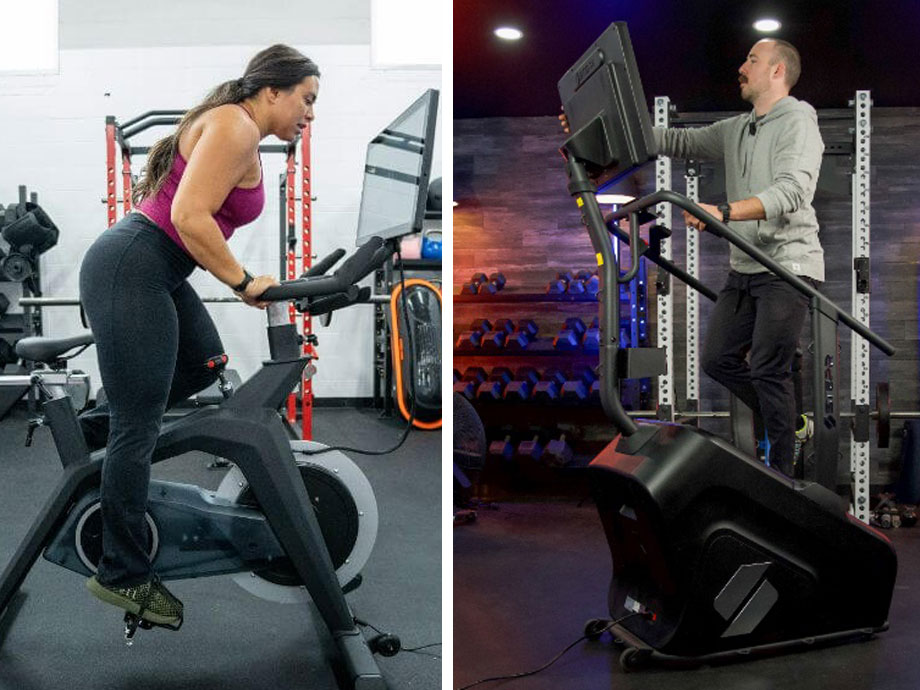So, here you are: You’ve got your favorite creatine, amino acids, and protein in your bag, ready for that optimal post-workout recovery like a good gym-goer. The only problem is…you don’t have a shaker cup. Now what? For those of us spoiled with having our trusty blender bottle by our sides at all times, is there a way to still mix protein powder without a shaker?
RELATED: When to Take Protein Powder
The answer is yes! Believe it or not, there are several crafty ways to shake it up with your protein powder without needing a blender bottle. The tools you happen to have on hand are more than enough. So, let’s look at a few options for those times you’re up a creek without a shaker.
Medical disclaimer: This article is intended for educational and informational purposes only. It is not intended as a substitute for medical advice. For health advice, contact a licensed healthcare provider.
5 Ways to Mix Protein Powder Without a Shaker
Just because you’ve found yourself sans shaker cup doesn’t mean you’ve condemned yourself to dry scooping your whey protein powder—BTW, don’t do this! Fitness enthusiasts and bodybuilders know how to improvise, so I want to share how you can still get a smooth shake using creative, alternative methods.
1. Blender or Food Processor
The obvious choice—and the one that requires the least amount of muscle—is to lug out the blender from the back of your pantry if you’re at home. You could also use a food processor or an immersion blender, but if you are without a shaker bottle and can only drink your protein smoothie with zero clumps, this is the most convenient way to ensure that’s the case.

Some of the fancier blender brands may even have attachments that allow you to blend and drink from the same cup.
2. Whisk
Whisking is one of my favorite ways to mix protein powder without a shaker bottle, especially when I combine my protein with other foods to make a high-protein breakfast, like oatmeal or protein pancakes.

The easiest way is to add the protein powder first, then your desired liquid, such as almond milk. Then, take a sturdy whisk—which will act as a protein shaker ball—to the mix until the protein dissolves. This allows you to skip an extra step (and extra dishes) if you are one to mix protein into your milk for cereal or instant oatmeal.
RELATED: How Much Protein Is in Oatmeal?
3. Water Bottle or Mason Jar with Ice
Some of you may be skeptical, but it’s possible to use a water bottle or a mason jar to mix your protein powder—if you don’t mind a little ice.
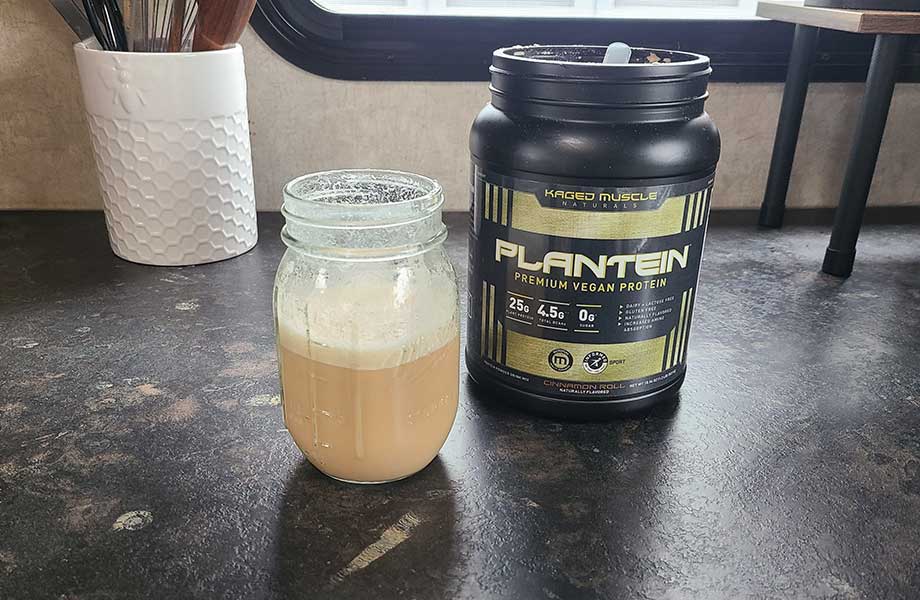
RELATED: Best Running Water Bottle
True, just adding liquid and some whey protein powder will require you to shake it up with a bit more force in a mason jar, but adding ice cubes can make a big difference in dispersing those clumps.
The downside is if you’re used to having nut butter in your protein smoothies, such as peanut butter or almond butter, this method can backfire because the ice tends to freeze the fat molecules of nut butter, making them firmer and less soluble.
4. Milk Frother
Milk frothers don’t just have to be used to make matcha lattes for social media—they can also mix protein powder! If you’re unfamiliar, milk frothers are handmade tools with an attachment that vibrates rapidly enough that, when placed in liquid, can make it frothy. However, some also use them to beat eggs or make small amounts of whipped cream. I’ve also used one a few times to mix my powdered amino acids.

If you put your liquid and protein powder in a glass, stick the milk frother attachment right in the middle, and let it rip, you can get a well-mixed, delicious protein shake.
If you have a high protein intake, for example, you’re looking to mix a large volume of DIY mass gainer or other powdered supplements like creatine and collagen, this might have mixed results. Milk frothers work best with about 8 to 12 ounces of liquid and a moderate amount of protein powder, but they’ll do in a pinch, and you can snag yourself one for under $10 on Amazon.
5. Fork
In my opinion, this mixing method is really going caveman mode but can get the job done if you’re hurting for an alternative. Depending on the amount of protein powder and liquid, you can use a shallow bowl or a tall glass for mixing. Either way, use your fork to ship your protein powder into a liquid just as you would if you’re beating eggs.

RELATED: How To Use Protein Powder
This method requires a lot of patience and elbow grease, as the solubility and lack of clumps rely on how quickly you can emulsify the powder into the liquid before the clumps form. Also note that cold water may be more resistant than something like almond milk for easy mixing, which is something to consider if you need to go with this method.
May the fork be with you.
Different Types of Protein Powder
So, to answer the question, yes, where there’s a will, there’s a way—if you need to make a protein shake without a shaker bottle. However, you can also make mixing easier by simply choosing the best types of protein powder for your protein shake.
Whey Protein Powder
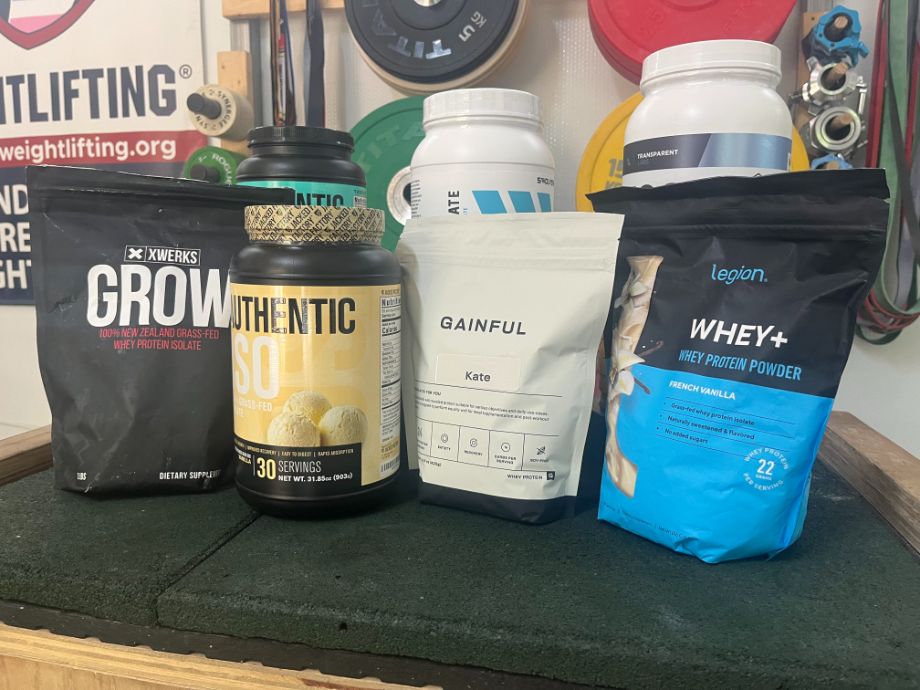
The best whey protein powders are also the most soluble, and that doesn’t necessarily mean they need to be grass-fed or hydrolysate. However, since milk and whey protein contain lots of lactose, it makes sense that they mix well together, too. Furthermore, high-quality protein powders with minimal additives or sweeteners also tend to mix a little better without the extra compounds getting in the way.
Casein Protein Powder
Casein contains lactose because it’s processed from milk, but it’s different from whey because, while whey comes from the dried, liquid portion of milk, casein is the solid curds that would otherwise become cheese and other dairy products.
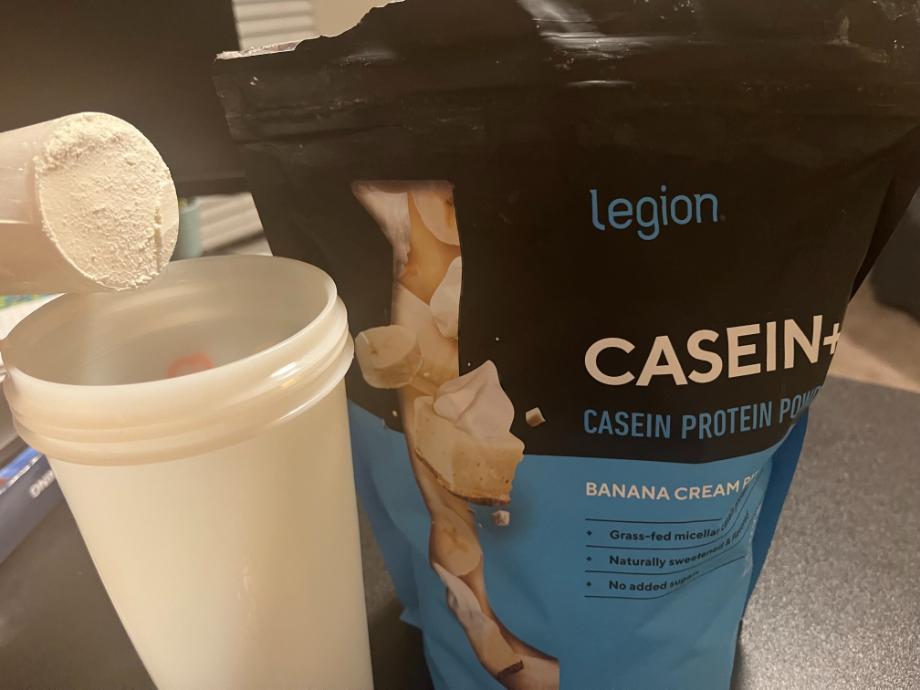
RELATED: Best Casein Protein Powder
Studies have shown that this makes casein protein slightly less mixable1 than whey, even when it’s already reached your digestive tract. Another big reason whey’s considered more digestible than casein protein powder.
Pea and Rice Protein Powder
There are several plant-based protein powder health benefits, and it’s an excellent option for those who are sensitive to lactose or don’t consume animal products.
That said, plant-based protein powder can vary from brand to brand in terms of solubility. Since the ingredients contain high-fiber whole foods (namely plants) instead of milk, they’re often the grainier choice for your protein shake, especially if mixing is an issue. So, searching the ingredient list for ingredients like xanthan gum or sunflower lecithin can be reassuring, as these are harmless additives that help your favorite supplements to become significantly more soluble.
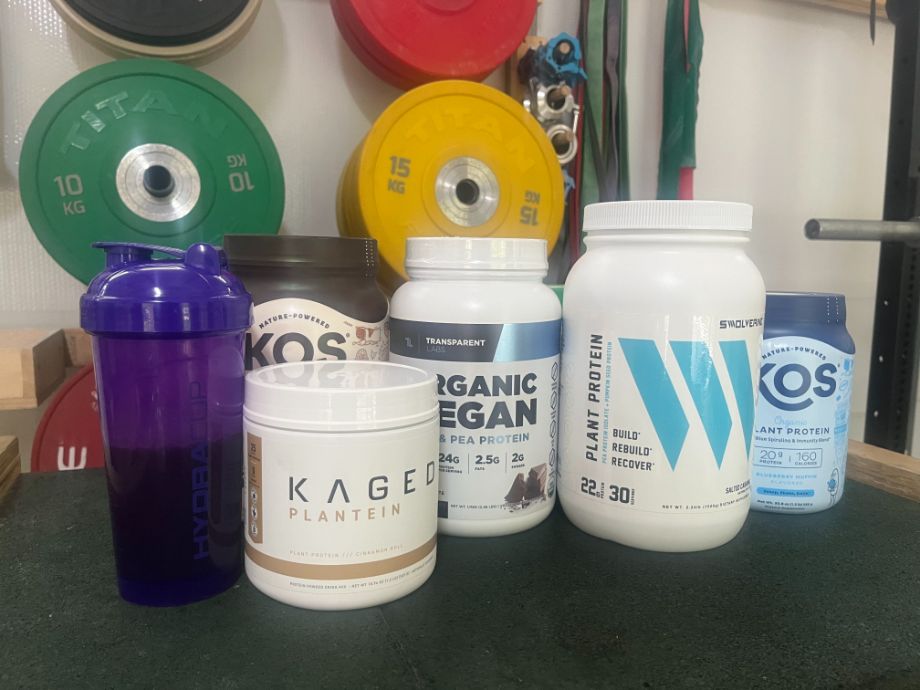
While this rule of thumb is accurate for most plant-based protein powder, we recommend pea protein powder blended with rice as it has a ratio of amino acids most similar to whey. Pea protein tends to be higher in carbs because it’s made from whole foods, but it may cause less bloating than whey.
RELATED: Best Vegan Protein Powder
Mix Protein Powder Without a Shaker: Final Thoughts
Protein powder is one of the most efficient ways that fitness enthusiasts can supplement the protein content of their diet for weight loss or to build muscle. However, this convenient way of boosting protein intake can quickly seem quite inconvenient for those who don’t own a blender bottle or find themselves without one in certain situations.
Just take it from a sports nutritionist—it’s a myth that a few clumps in your protein shake inhibit how your body absorbs the protein content. However, a few too many clumps may cause bloating, and, let’s face it, it’s just downright unpleasant to find yourself chewing your post-workout protein instead of drinking it. So, keep some of the above methods in mind when your trusty blender bottle isn’t around, and you should be just fine.
Mix Protein Powder Without a Shaker: FAQs
Do you need a shaker to mix protein?
No, you don’t need a shaker bottle to mix protein, but it is one of the most effective methods to do so.
Is it okay to dry scoop protein powder?
Take it from a sports dietitian: it’s not a good idea to dry scoop protein powder, even if it seems like a fast and convenient way to consume it. Inhaling the powder accidentally or experiencing gastrointestinal distress such as bloating are risks associated with this practice.
What can I have instead of a protein shake?
If you’re trying to use protein to build muscle or just reach the amount of protein for your daily needs, you can eat whole foods like lean meat or make a smoothie using high-protein ingredients like nut butter and Greek yogurt.
These statements have not been evaluated by the Food and Drug Administration. This product is not intended to diagnose, treat, cure, or prevent any diseases.
References
- Mulet-Cabero AI, Torcello-Gómez A, Saha S, Mackie AR, Wilde PJ, Brodkorb A. Impact of caseins and whey proteins ratio and lipid content on in vitro digestion and ex vivo absorption. Food Chem. 2020;319:126514. doi:10.1016/j.foodchem.2020.126514



